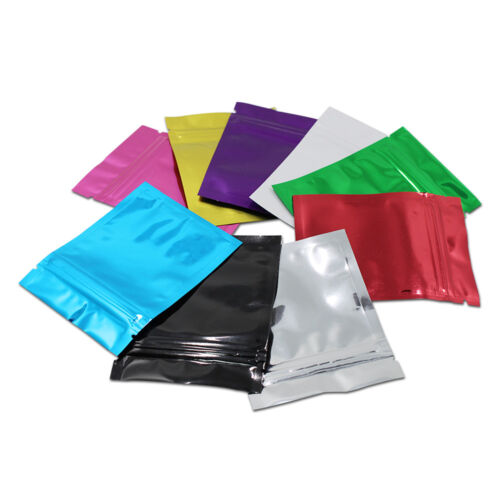Source: Link Testing Instruments Co.,Ltd.

The compatibility of food packaging and food contents means that within the space and time of product circulation, the packaging can meet the requirements that the contents will not deteriorate, and will not migrate toxic and harmful substances into the contents, and the appearance of the packaging is exquisite, which meets the requirements of The market positioning of the product, the ability to accurately convey product information, etc. This requires the packaging to maintain good barrier properties, physical and mechanical properties and hygienic properties before and after it is used to package the contents, and the printing design is exquisite. Composite film materials are an important part of food packaging. This type of material mainly combines different types of single-layer films together through adhesives to give full play to the performance advantages of each single-layer film. For this type of material, the peel strength is An extremely important physical and mechanical property, which characterizes the composite fastness of each single-layer film. The level of this index directly affects the overall oxygen transmission rate, water vapor transmission rate, impact resistance, puncture resistance and other physical and mechanical properties of the material.
Test Methods and Test Instruments
This test is based on the relevant provisions of high temperature medium resistance in the product standard GB/T 21302-2007 "General Rules for Composite Films and Bags for Packaging". The test equipment is the Automatic Tensile Tester LTS-05 developed and produced by Link Testing Instruments Co.,Ltd. LTS-05 is an electronic tensile testing machine professionally used to test the mechanical properties of various flexible packaging materials such as tensile properties, and is suitable for plastic films. Stretching, peeling, deformation, tearing, heat sealing, sticking Performance tests such as fit and puncture force.
Test principle: The composite fastness of the composite film material and the compatibility of the food content are analyzed by comparing the change of the peel strength of the material before and after contact with the simulant of the content. The peel strength is the force value required to peel off a certain width of the composite film material. During the test, the two layers of film that have been peeled off in advance are respectively clamped in the upper and lower clamps of the tensile testing machine. The upper clamp is configured with a load cell sensor and the displacement sensor, the upper clamp drives the sample to peel when moving upward according to the set speed, and the force sensor records the change of the force value during the peeling process in real time, so as to obtain the peel strength of the sample.
Test sample and test process
Test sample: In this test, the aluminum-plastic composite film purchased by an enterprise for flavored fish packaging is used as the test sample.
Experimental procedure:
(1) Take 5 samples of packaging bags, fill them with a certain amount of olive oil, and seal them with air.
(2) Put the package containing olive oil in a high-pressure cooker, pressurize at 121°C for 40 minutes, cool down, release the pressure, and take out the sample. Pour off the vegetable oil and dry the sample surface with filter paper.
(3) Cut 5 samples each with a width of 15.0 mm and a length of about 15 cm along the longitudinal direction of the untreated and treated packaging bag samples.
(4) Manually peel off the heat-sealing layer and the sub-inner layer from one end of each sample, and the peeling length is about 5 cm.
(5) Turn on the LTS-05 tensile testing machine, set the parameters such as sample width, test speed, sample name, etc., take one of the pre-stripped samples, and clamp the two ends of the peeled part on the , In the lower clamp, make the longitudinal axis of the stripped part coincide with the center line of the upper and lower clamps. Click the test option, the test starts, the upper clamp moves upward to peel the sample, and the device automatically records and displays the peel force value during the test. After the test, the device displays the peel force of the tested sample. Repeat the sample loading test until all 10 samples are tested.
Test Results and Analysis
This test tests the longitudinal peel strength between the sample heat seal layer and the sub-inner layer. The average value of the peel strength of the five untreated samples is 6.314 N/15mm, and the average peel strength of the five treated samples is 4.767 N/15mm, and the peel strength decreased by about 25%.
Peel strength is one of the important properties of composite film materials, and its compatibility with the packaged food content is an important factor in determining whether the packaging is suitable.
For more details please visit www.linktesting.org